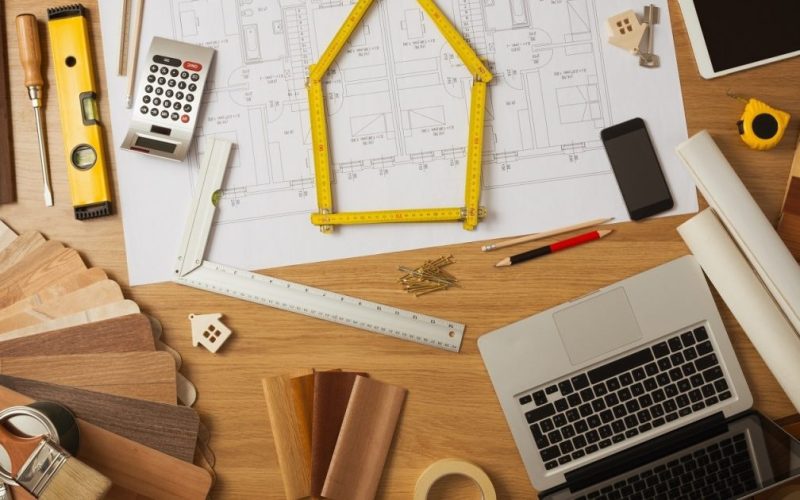Many home improvement projects can add value to your house. But not all are created equal.
For instance, a pool might not increase your home’s sales price, and luxury entertainment upgrades might be more of a turnoff for prospective buyers than an asset. Discounts retailers like Home Depot offer can significantly impact your home improvement endeavors’ overall cost-effectiveness and success. In this article, we’ll explore why you should carefully consider discounts when planning and executing your home improvement purchases. To avoid these high-cost improvements, consider the following factors when deciding what renovations to undertake.
Cost
The cost of a home improvement project is an important consideration for homeowners. It’s best to prioritize renovations that offer a high return on investment. These include kitchen and bathroom upgrades, adding living space, and improving curb appeal. Homeowners should also consider their financial situation when choosing a financing option. For example, a home equity loan may be the best choice if they have good credit and have built up home equity.
The average homeowner spends over $350 billion yearly on home improvement and renovation projects. Many of these projects are small, while others can be quite expensive. A major kitchen or bath remodel is one of the most popular projects, costing up to $20,000.
Some home improvements add more value than others. For instance, a new kitchen or bathroom typically improves ROI by 83 percent, while an old and outdated one decreases it by about 65 percent. Other factors affecting ROI include the type of home, neighborhood, and time.
Regardless of their costs, home improvements can make a house more comfortable and increase the overall happiness level of its residents. However, it’s important to choose the right contractor for the job. Look for a contractor with years of experience, and check that they have the appropriate licensing and insurance.
Convenience
Homeowners may find excitement in home improvement projects, but planning carefully before starting work is important. This includes creating a budget, researching, and selecting a reliable contractor. Also, consider the project’s long-term effects. Other considerations include preparing for interruptions and lifestyle factors.
The cost of home improvements can add up quickly, making it a good idea to save ahead of time. If a homeowner can’t afford to fund the project with cash, they should weigh other options before taking on debt. Credit cards and personal loans typically charge higher interest rates than other financing options. However, homeowners with a high credit score and significant equity built up in their homes could qualify for lower rates.
When choosing a contractor, look for one with years of experience and a contracting license. Also, ask about their insurance coverage, such as workers’ compensation and liability. In addition, homeowners should keep receipts of all renovation expenses and furnishings to increase their personal property coverage if necessary.
Considering how much time people spend in their homes, it’s no surprise that many want to make changes and upgrades. However, the best projects enhance convenience and add value to the house. These include kitchen renovations, curb appeal and landscaping work. Homeowners should consult with a local real estate agent or a contractor to determine which projects would most likely attract future buyers.
Appearance
If you’re considering home improvement purchases to improve your home’s appearance, ensure that the purchase will fit in with the overall look and feel of the house and your lifestyle. This will also help you determine if the purchase will be worth it regarding your return on investment (ROI) should you decide to sell the property. Reyes recommends having enough cash to cover any project’s upfront and recurring payments. The more effort you put into researching the project at the outset, the more likely you are to avoid unexpected costs that may hold up the completion of the work.
Maintenance
Homeowners dedicate a significant chunk of their take-home income to recurring homeownership costs. These expenses include mortgage principal and interest, property taxes, homeowners insurance, and utilities. Some homeowners may also pay for maintenance projects regularly. Typically, these projects are separate from the initial purchase price of a home. Consequently, some homeowners are surprised when a costly repair arises. According to a report by insurer Hippo, most homeowners experience at least one unexpected repair during their first year of ownership.
Some repairs can be costly, especially if they involve a roof or septic field replacement. It is important to plan and budget for these potential occurrences. A general rule of thumb is that homeowners should set aside 1 percent of their home’s value annually to cover maintenance expenses. This can help cushion the blow of expensive repairs and keep homeowners from having to tap into other savings or go into debt.
Homeowners should carefully evaluate the benefits and drawbacks of a particular improvement project before beginning work. Many factors should be considered, including the project’s overall cost and whether it will positively impact a home’s value. Additionally, a contract should always be carefully reviewed to ensure the scope of work is clear. This is usually outlined in the Scope of Work section of the contract.
